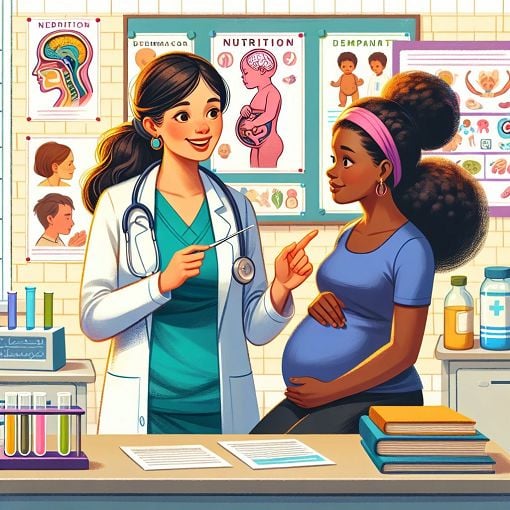Nuer0
{"name":"Nuer0", "url":"https://www.quiz-maker.com/QPREVIEW","txt":"Test your knowledge on critical aspects of neonatal care and maternal nutrition aimed at preventing neurological defects. This quiz is designed for healthcare professionals and students alike, enhancing understanding of vital health concepts.Key Features:Multiple choice format for engaging learning.Covers essential topics on cerebral palsy, hydrocephalus, and spina bifida.Ideal for revision and self-assessment in pediatric nursing.","img":"https://cdn.poll-maker.com/104-5106511/img-1ulusmecl2pvaghifk8vavlh.jpg"}
More Quizzes
Part 3
301533
Module 2101
502558
Toplum ve sosyal hizmet 3. sınıf bahar vize _ Arif Gürcü
65320
This is how we Zoom it!!
10557
Geometry Chapter 1 Practice Test - Free Online
201016431
How Is Pharmacodynamics Best Defined? Free Online
201018067
Which Powerpuff Girl Are You? Take the Free
201017925
Emo or Scene - Free With Instant Results
201018514
Axon Parts Labeling - Free Practice Online
201015855
Fire Force - Which Character Are You?
201017385
Gospel of Matthew - Free Bible Knowledge Check
201017257
Am I Really in Love With Him? - Free
201016771
